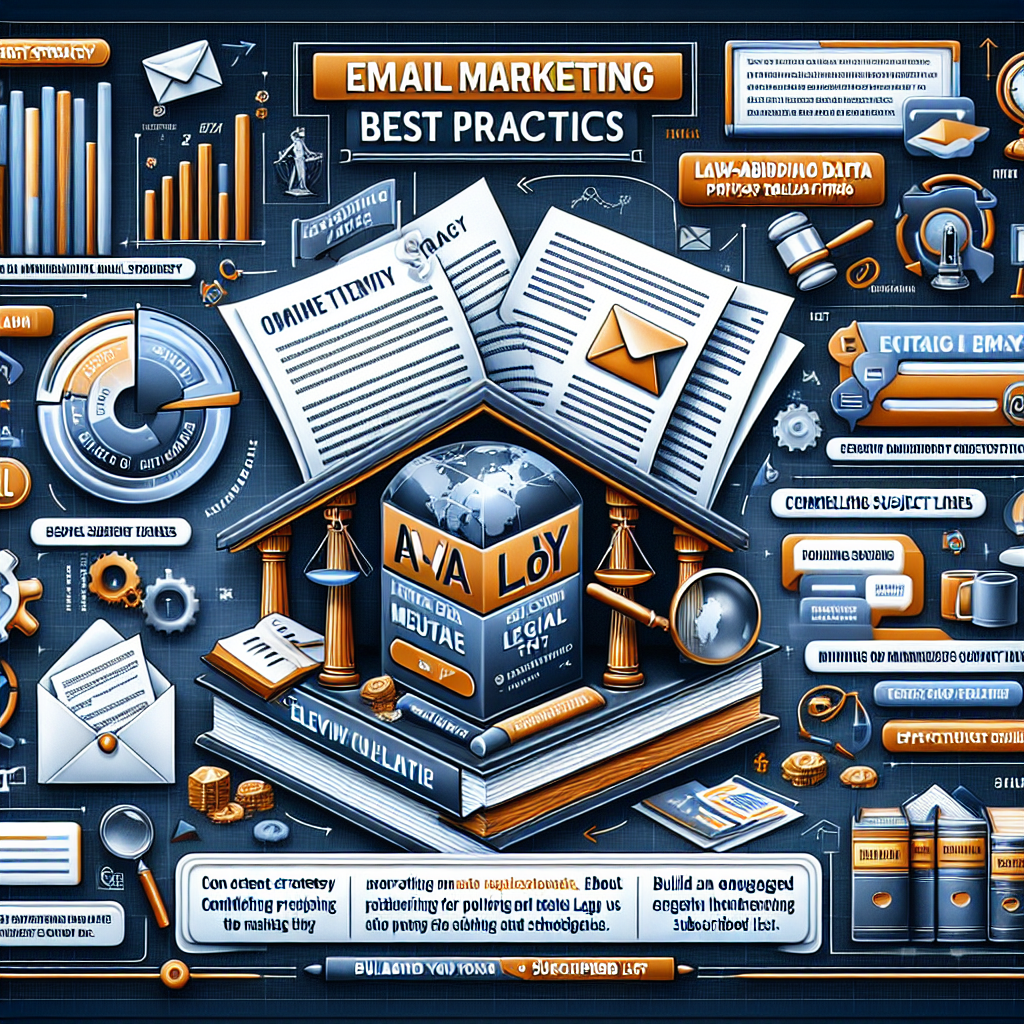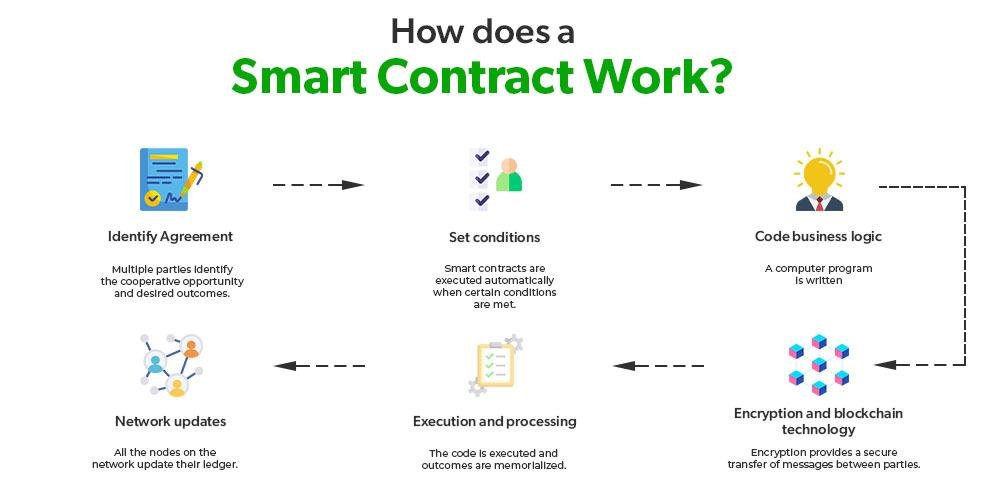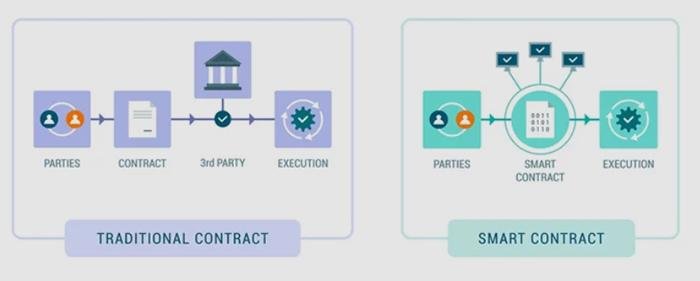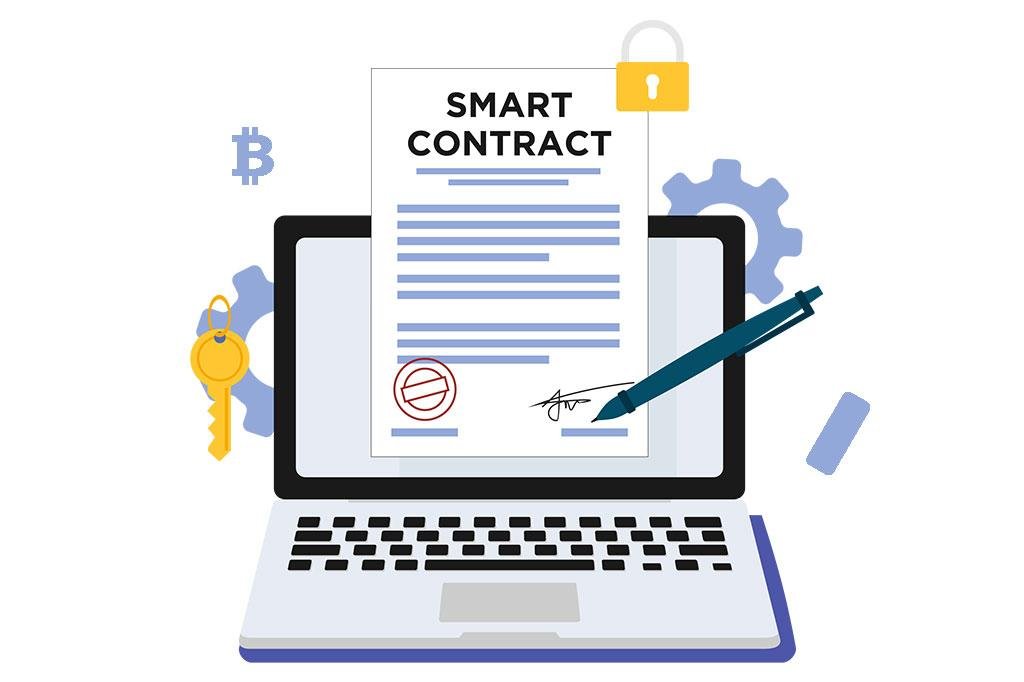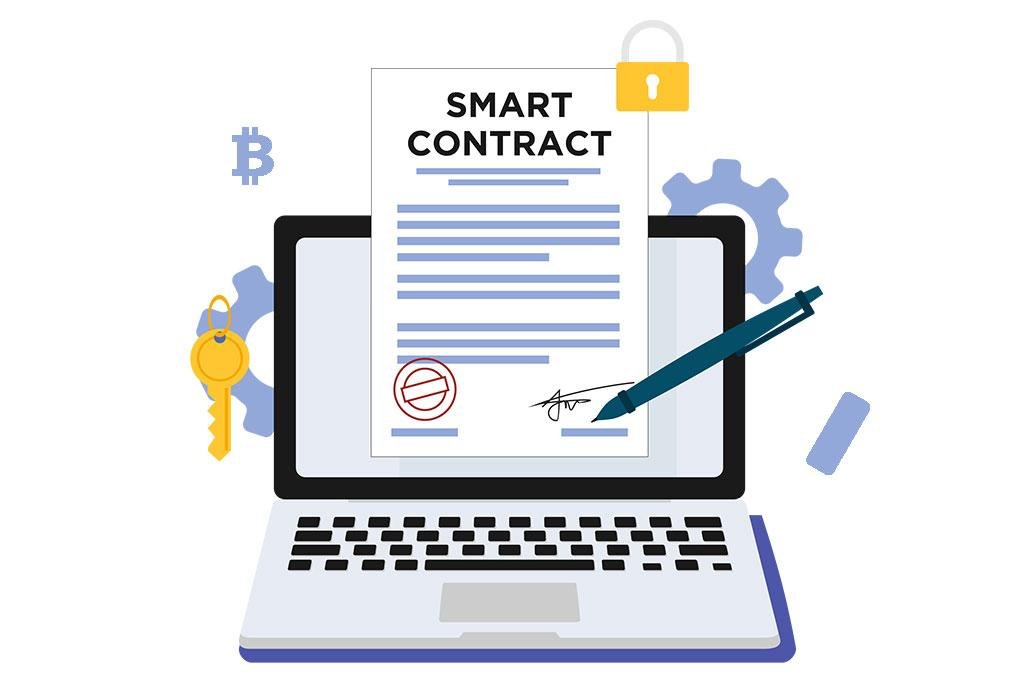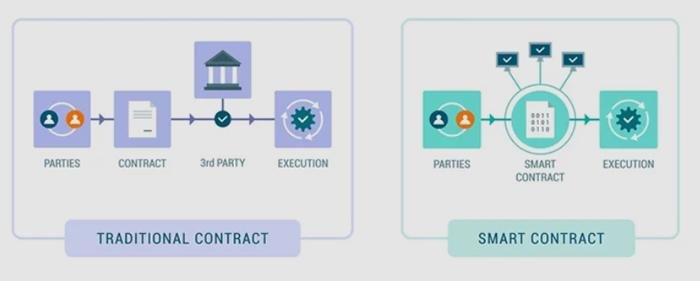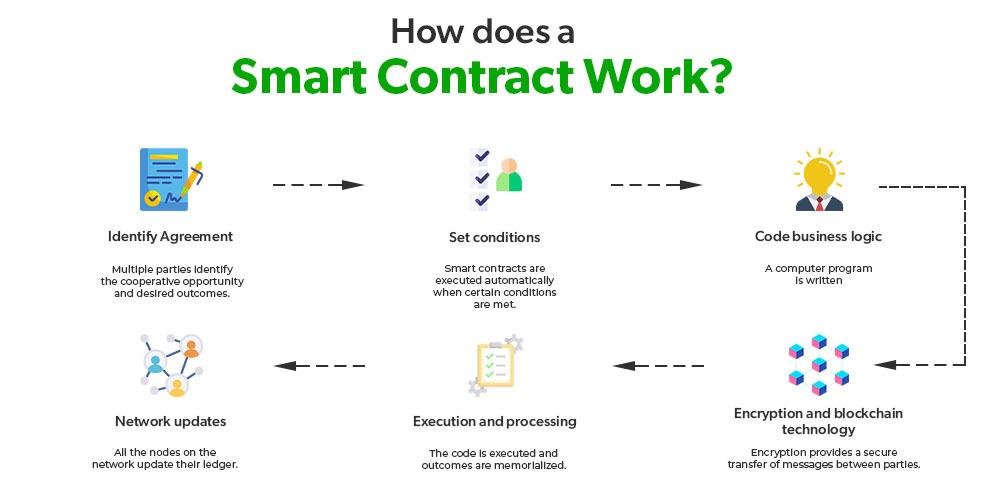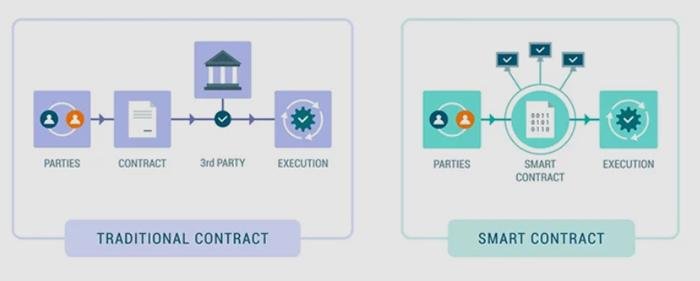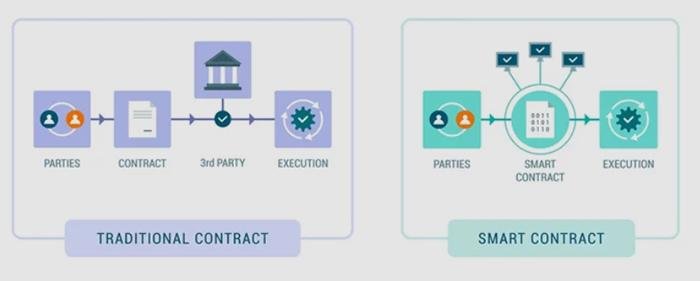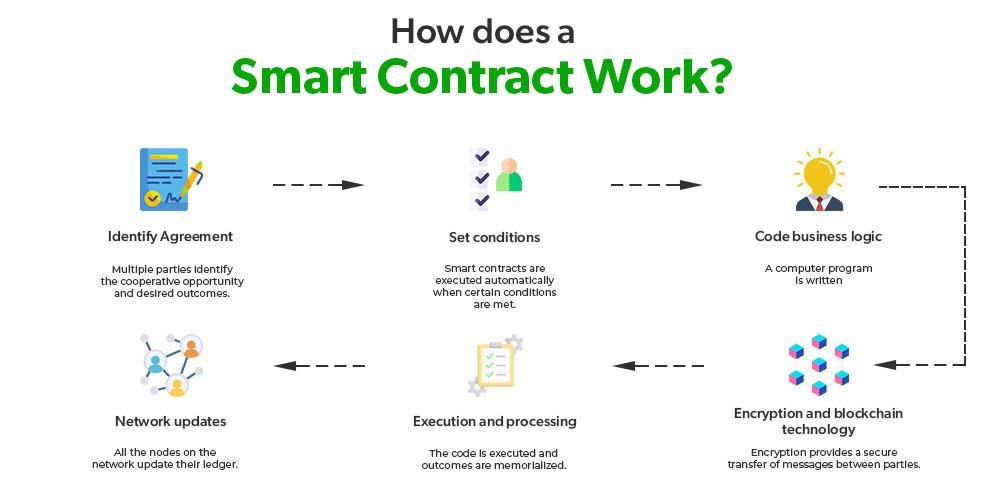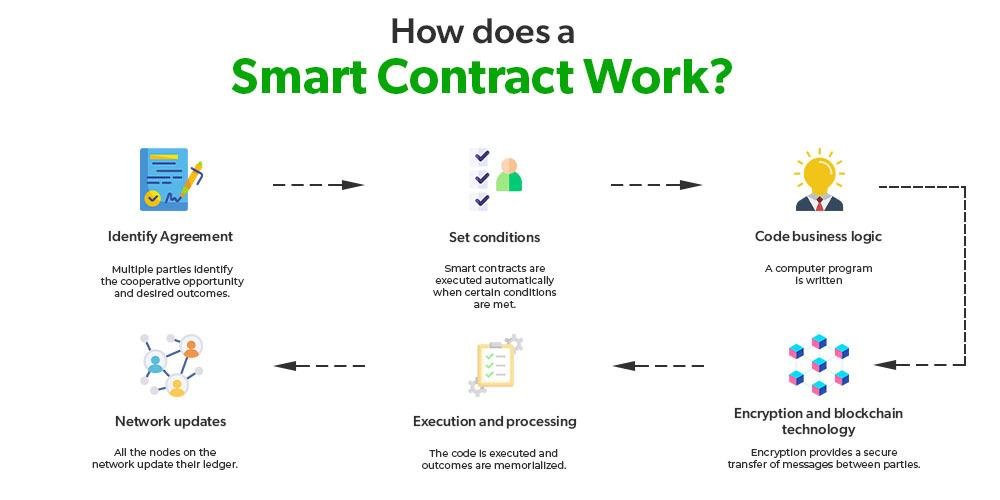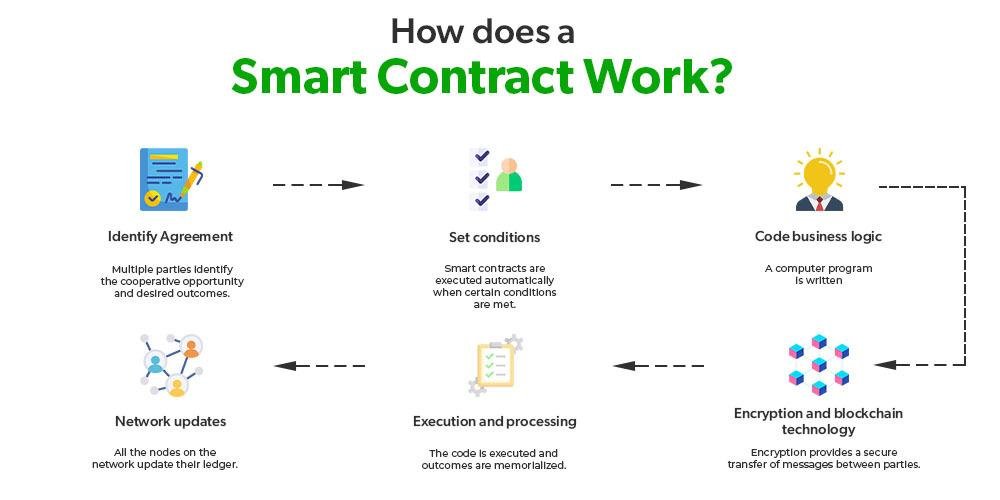Enhancing Legal Strategy with Predictive Data Analytics
Enhancing Legal Strategy with Predictive Data Analytics
In today’s fast-paced legal landscape, the integration of technology into legal practices is not just a trend; it’s a necessity. One of the most transformative tools available to law firms and legal departments is predictive data analytics. This article explores how leveraging predictive data analytics can enhance legal strategy, improve case outcomes, and streamline legal operations.
Understanding Predictive Data Analytics in Legal Strategy
Predictive data analytics involves using historical data, machine learning, and statistical algorithms to forecast future outcomes. In the legal field, this can mean predicting the likelihood of winning a case, estimating potential legal costs, or identifying patterns in legal decisions. By turning vast amounts of data into actionable insights, legal professionals can make more informed decisions and devise strategies that are rooted in empirical evidence rather than intuition alone.
Benefits of Using Predictive Data Analytics in Legal Practices
1. Improved Decision-Making
Predictive analytics provides legal professionals with data-driven insights. By analyzing past case outcomes and legal decisions, lawyers can anticipate possible challenges and opportunities. This leads to more strategic decision-making and enhances the likelihood of favorable outcomes.
2. Cost Efficiency
Legal cases can be costly, with expenses often escalating beyond initial estimates. Predictive analytics helps in budgeting and cost estimation by providing forecasts based on similar past cases. This allows law firms to manage resources more effectively and provide clients with more accurate cost projections.
3. Enhanced Case Strategy
By identifying patterns and trends in legal data, predictive analytics enables lawyers to tailor their case strategies more effectively. Whether selecting the most favorable jurisdiction, anticipating opposing counsel’s moves, or determining the optimal timing for a settlement, data-driven strategies increase the chances of success.
4. Risk Management
Predictive analytics aids in risk assessment by evaluating the potential outcomes and associated risks of legal decisions. This empowers legal professionals to mitigate risks proactively and advise clients with greater confidence.
5. Streamlined Legal Research
Legal research is traditionally a time-consuming process. Predictive analytics can automate and streamline this task by quickly sorting through extensive legal documents and databases to extract relevant information, saving time and reducing manual effort.
Implementing Predictive Data Analytics in Your Legal Practice
1. Invest in the Right Tools
Selecting the right predictive analytics software is crucial. Look for tools that specialize in legal data and offer user-friendly interfaces. The ability to integrate with existing legal databases and platforms is also essential.
2. Train Your Team
Ensure your team is well-versed in using predictive analytics tools. Regular training sessions and workshops can help legal professionals understand the intricacies of data analysis and how to apply insights effectively in their work.
3. Start Small
For firms new to predictive analytics, it’s advisable to start with a pilot project. Select a specific area of practice or a particular type of case to apply predictive analytics. This approach allows for trial and error without overwhelming the entire practice.
4. Evaluate and Adjust
Continuously monitor the outcomes of your predictive analytics initiatives. Gather feedback from legal professionals and clients to assess effectiveness and make necessary adjustments. This iterative process ensures that your analytics strategy remains aligned with business goals.
Future Trends in Predictive Data Analytics for Legal Strategy
The use of predictive analytics in legal strategy is poised for rapid growth. As artificial intelligence (AI) and machine learning technologies advance, the accuracy and capabilities of predictive models will continue to improve. Future trends may include:
- Real-Time Predictive Analysis: Providing insights as cases evolve, allowing for dynamic strategy adjustments.
- Integration with AI-Assisted Legal Drafting: Streamlining document creation and reducing the likelihood of errors.
- Enhanced Client Insights: Offering clients detailed predictions about case outcomes and potential legal issues.
Conclusion
Predictive data analytics is revolutionizing the way legal professionals approach case strategy and decision-making. By harnessing the power of data, law firms can enhance their legal strategies, optimize resources, and ultimately achieve better client outcomes. As the legal industry continues to embrace technological advancements, those who adopt predictive analytics will hold a significant competitive advantage.
By incorporating predictive data analytics into your legal practice, you are not just keeping pace with industry trends but setting the stage for innovation and success in the ever-evolving legal landscape.

































